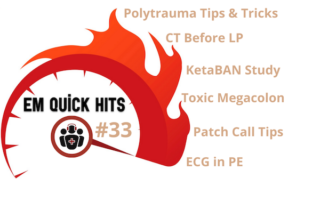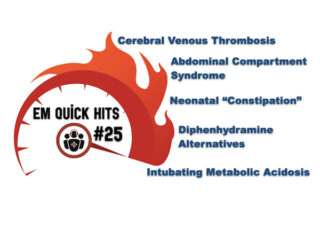Ep 183 STIs: Pelvic Inflammatory Disease and Genital Lesions – HSV, Syphilis and LVG
In this part 2 of our 2-part series on STIs with Dr. Catherine Varner and Dr. Robyn Shafer we answer such questions as: Why should we care about making the diagnosis of pelvic inflammatory disease (PID) in the ED? What combination of clinical features and lab tests should trigger a presumptive diagnosis and empiric treatment of PID? Which patients with PID require admission to hospital? What are the test characteristics of ultrasound for the diagnosis of PID and for Fitz-Hugh-Curtis Syndrome? When and how should we work up patients for syphilis in the ED? When should we suspect and empirically treat for lymphogranuloma venereum and granuloma inguinale? does an IUD need to be removed in patients with PID? and many more...








